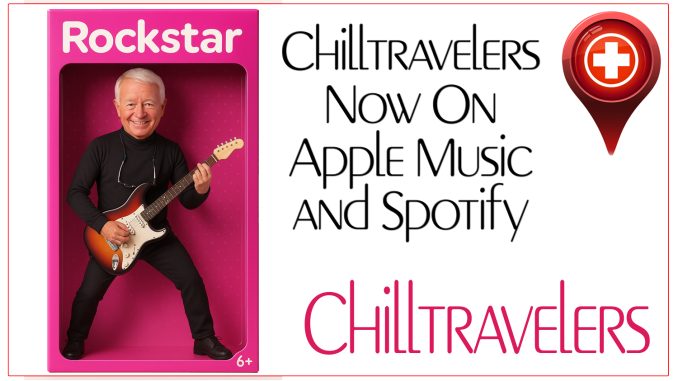
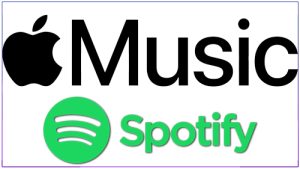 I have been involved in the music scene for a long time. I started with a Gibson 335 and graduated to a Fender Stratocaster 65. My problem with bands and music was that I abhorded playing the same music over and over the same way. Worse, I was a blues stringer in a rock & roll world. Just a mess. Fast forward a few decades, and artists like Bruce Honsby and Joe Bonomassa can get away from to repetitive music that most people like. I moved up to a KORG M3 a few years back because syntesizers seemed the right step for me. Growing and blending guitar with synths seemed like a positive step for me. BUT, I have treated music composition more as a hobby as my real time businesses were the money makers. Said, only a very few make money in the music business and those that do use their albums as leaders for personal appearences. So, when I layer 50 or 100 tracks like I do, there is not much chance of a successful live show. Plus I just don’t quite have the charisma or stage presence of Taylor Swift.
I have been involved in the music scene for a long time. I started with a Gibson 335 and graduated to a Fender Stratocaster 65. My problem with bands and music was that I abhorded playing the same music over and over the same way. Worse, I was a blues stringer in a rock & roll world. Just a mess. Fast forward a few decades, and artists like Bruce Honsby and Joe Bonomassa can get away from to repetitive music that most people like. I moved up to a KORG M3 a few years back because syntesizers seemed the right step for me. Growing and blending guitar with synths seemed like a positive step for me. BUT, I have treated music composition more as a hobby as my real time businesses were the money makers. Said, only a very few make money in the music business and those that do use their albums as leaders for personal appearences. So, when I layer 50 or 100 tracks like I do, there is not much chance of a successful live show. Plus I just don’t quite have the charisma or stage presence of Taylor Swift.
Okay, fast forward, a friend suggested that I needed to publish some of my stuff with the caveat that i needed to publish high resolution lossless music that pushed the boundries of complexity. She said I also needed a schtick. So, I recreated some songs in lossless WAV format and ID’d my music as chillout downtempo depiction of places I have visited. My first albums are IBIZA and Jamaica, all with a Chill twist. Once I had done that, I sought a music distributor and pleaded with Apple and Spotify to accept me an my genre. They did and I have been published on Apple, Spotify and over 150+ unknowns streamers.
What It Means to Be Published on Apple Music, Spotify, and Major Music Streaming Platforms: A Comprehensive Guide
The digital music revolution has fundamentally transformed how artists share their creations with the world. What once required major label backing and complex distribution networks is now accessible to independent musicians worldwide. Getting published on streaming platforms like Apple Music, Spotify, and others represents more than just having your music available online—it’s about establishing a global presence, generating revenue, and building a sustainable music career in the digital age.
The Modern Music Distribution Landscape
Understanding Digital Music Publishing
Music publishing on streaming platforms differs significantly from traditional publishing models. When artists get “published” on digital streaming platforms, they’re essentially making their music available for on-demand streaming and download across a global network of services[1][2]. This process involves working with digital distributors who act as intermediaries between artists and streaming platforms, handling the complex technical and licensing requirements needed to make music available worldwide.
The transformation has been remarkable. As noted by industry experts, platforms like Spotify, Apple Music, and others have made it possible for independent artists to reach millions of listeners without traditional gatekeepers. The democratization of music distribution means that artists can now control their creative destiny while accessing the same global audience that was once reserved for major label artists.
The Role of Digital Distributors
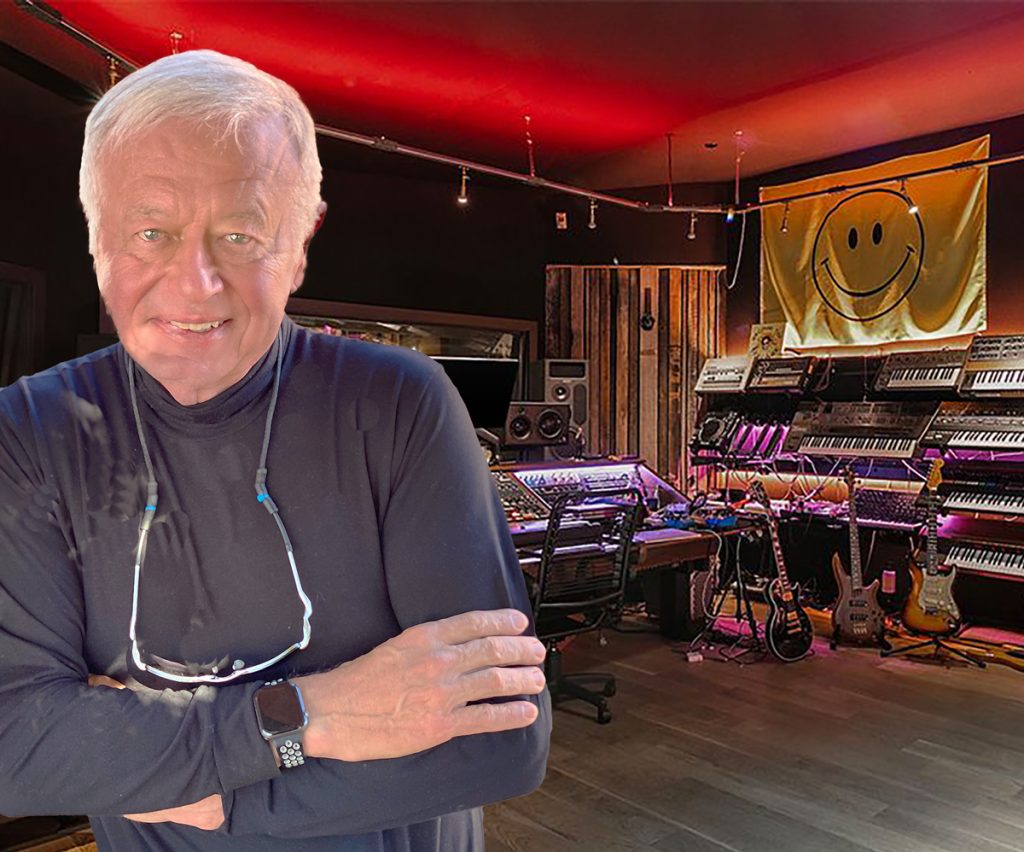 Digital distributors serve as the essential bridge between artists and streaming platforms. Companies like DistroKid, TuneCore, CD Baby, and others have become the backbone of independent music distribution. These services handle multiple critical functions: they format music files to meet platform specifications, manage metadata requirements, process royalty payments, and ensure compliance with each platform’s unique submission guidelines.
Digital distributors serve as the essential bridge between artists and streaming platforms. Companies like DistroKid, TuneCore, CD Baby, and others have become the backbone of independent music distribution. These services handle multiple critical functions: they format music files to meet platform specifications, manage metadata requirements, process royalty payments, and ensure compliance with each platform’s unique submission guidelines.
The relationship between artists and distributors varies significantly in terms of cost structure and service offerings.
The Technical Requirements and Submission Process
Essential Metadata and File Specifications
Successful streaming platform publication requires meticulous attention to metadata—the detailed information that accompanies each music file. This includes basic elements like artist name, track title, album information, release date, and genre classification, but extends to more complex data such as ISRC codes, composer credits, and publisher information.
Metadata serves three primary functions: descriptive (helping listeners find music), ownership rights (ensuring proper royalty attribution), and recommendation (enabling algorithmic music discovery. Streaming platforms rely heavily on this information to organize content, process payments, and suggest music to listeners. Incorrect or incomplete metadata can result in delayed releases, missing royalty payments, or songs appearing on incorrect artist profiles.
Platform-Specific Requirements
Each streaming platform maintains unique submission requirements and quality standards. Apple Music, for example, works with preferred distributors who meet specific technical and quality criteria. These distributors must demonstrate technical prowess and provide advanced features like immersive audio, detailed release credits, and motion artwork.
Spotify’s metadata guidelines emphasize consistency in artist naming, proper role attribution, and accurate explicit content tagging. The platform requires distributors to set live dates at least seven days in advance to allow for playlist consideration, and recommends worldwide availability settings for maximum reach.
Financial Implications and Revenue Streams
Streaming Royalty Structures
The financial landscape of streaming platforms reveals significant variations in payout structures and revenue potential. Streaming royalties operate on complex models that consider multiple factors including subscription type, geographic location, and total platform usage].
The disparity in per-stream payouts is substantial. Apple Music consistently pays artists approximately twice as much per stream compared to Spotify, with Apple Music averaging $0.01 per stream versus Spotify’s $0.003-$0.005 range. This difference stems from Apple Music’s lack of a free advertising-supported tier, meaning all streams come from paid subscribers who generate higher revenue per play.
Revenue Distribution Models
Most streaming platforms operate on a “pro-rata” system where total platform revenue is distributed proportionally based on stream share. This means an artist’s earnings depend on their percentage of total platform streams rather than direct payments from their listeners. While alternative “user-centric” models have been proposed, where a subscriber’s fee goes directly to artists they listen to, most major platforms continue using the pro-rata approach.
The revenue split typically allocates 70-75% of platform revenue to rights holders, with approximately 55-60% going to record labels or independent artists, and 10-15% to music publishers. However, these percentages can vary based on negotiated agreements and the artist’s relationship with distributors and labels.
Publishing Rights and Copyright Considerations
Understanding Music Rights Ownership
Music streaming publication involves two distinct types of copyrighted works: the musical composition (songs and lyrics) and the sound recording (the actual recorded performance). These rights are typically owned and monetized separately, creating different revenue streams for songwriters, performers, and record labels.
Independent artists who write and record their own music often own both sets of rights, providing them with greater control over their work and potentially higher revenue percentages. However, this also means they bear full responsibility for rights management, royalty collection, and legal compliance across multiple territories.
Publishing Administration and Royalty Collection
Music publishing extends beyond streaming royalties to encompass performance royalties, mechanical royalties, and synchronization licensing. Performance Rights Organizations (PROs) like ASCAP, BMI, and SESAC collect performance royalties when music is played publicly, while mechanical royalties are generated from streams, downloads, and physical sales.
Many independent artists work with publishing administrators who collect these various royalty streams on their behalf while allowing artists to retain copyright ownership. This approach provides professional royalty collection services without requiring artists to transfer their rights to traditional publishers.
Independent Artist Success Stories and Opportunities
Breaking Through as an Independent Artist
The streaming era has produced numerous success stories of independent artists achieving mainstream recognition without traditional label support. Artists like Chance the Rapper, Billie Eilish, and Macklemore have demonstrated that independent artists can achieve significant commercial success while maintaining creative control.
Bruno Major represents a particularly compelling case study, having generated over a billion streams on Spotify as a fully independent artist working with AWAL distribution. His success illustrates how independent artists can leverage streaming platforms to build substantial audiences and generate meaningful revenue while retaining ownership of their recordings.
The Chill Travelers Approach
 The entrepreneurial spirit exemplified by us (Bob and Wendy from Chill Travelers) reflects a broader trend among independent creators. Their multi-faceted approach to business, combining expertise in technology and publishing with creative pursuits including music, demonstrates how modern independent artists can build sustainable careers. Their plan to fund their website through an online store selling their creative works, including music, represents the diversified revenue approach that many successful independent artists employ.
The entrepreneurial spirit exemplified by us (Bob and Wendy from Chill Travelers) reflects a broader trend among independent creators. Their multi-faceted approach to business, combining expertise in technology and publishing with creative pursuits including music, demonstrates how modern independent artists can build sustainable careers. Their plan to fund their website through an online store selling their creative works, including music, represents the diversified revenue approach that many successful independent artists employ.
Current Challenges and Market Dynamics
Market Saturation and Discovery Issues
The accessibility of streaming platforms has created both opportunities and challenges for independent artists. With over 60,000 tracks uploaded to Spotify daily, market saturation has become a significant concern. Recent research indicates that 68% of independent artists feel it’s becoming harder to succeed in the current environment.
The challenges are multifaceted: oversaturated markets make discovery difficult, the rise of AI-generated music adds additional noise to the ecosystem, and building sustainable fanbases requires increasingly sophisticated marketing strategies. Additionally, platform policy changes, such as Spotify’s requirement for tracks to reach 1,000 annual streams before generating royalties, have created new barriers for emerging artists.
Platform Algorithm and Playlist Considerations
Success on streaming platforms increasingly depends on algorithmic recommendation systems and playlist placements. Spotify’s Fresh Finds playlists, for example, have served as crucial discovery mechanisms for emerging independent artists, with nearly 70% of Fresh Finds streams in 2024 representing listeners discovering artists for the first time.
Understanding these systems requires artists to optimize their releases for algorithmic discovery while maintaining authentic creative expression. This includes strategic release timing, proper genre tagging, and engagement with platform-specific promotional tools like Spotify for Artists and Apple Music for Artists.
Future Opportunities and Industry Evolution
Emerging Revenue Streams and Technologies
The music publishing industry continues evolving with new revenue opportunities emerging from gaming, virtual reality, and social media platforms[33]. Music publishing revenue grew 13.4% to $7 billion in 2024, outpacing recorded music growth and indicating robust demand for musical content across diverse media applications.
Blockchain technology and decentralized platforms are beginning to offer alternative models for music distribution and royalty management, potentially providing greater transparency and higher artist payouts. While these technologies remain largely experimental, they represent potential future directions for the industry.
The Independent Artist Advantage
Despite challenges, independent artists maintain significant advantages in the streaming era. They retain full creative control, keep higher percentages of their revenue, and can respond quickly to market changes without corporate bureaucracy. The ability to build direct relationships with fans through streaming platforms and social media creates opportunities for sustainable career development that were previously impossible.
Conclusion
Being published on Apple Music, Spotify, and other major streaming platforms represents both a tremendous opportunity and a significant responsibility for today’s artists. The democratization of music distribution has removed traditional barriers to global audience reach while creating new challenges around market saturation, discoverability, and fair compensation.
Success in this environment requires understanding the technical requirements, financial structures, and strategic considerations that govern streaming platform publication. Independent artists who approach streaming publication with proper preparation, realistic expectations, and comprehensive business strategies can build sustainable careers while maintaining creative independence.
The streaming revolution has fundamentally altered the music industry landscape, creating unprecedented opportunities for independent artists to reach global audiences and generate meaningful revenue. As the industry continues evolving, those who understand and adapt to these changes will be best positioned to thrive in the digital music economy.
For aspiring artists considering streaming platform publication, the key lies in combining technical competence with creative excellence, strategic thinking with authentic expression, and business acumen with artistic vision. The tools and platforms exist to support independent success—the challenge lies in using them effectively to build lasting careers in an increasingly competitive digital marketplace.
ChillTravelers on Apple Music
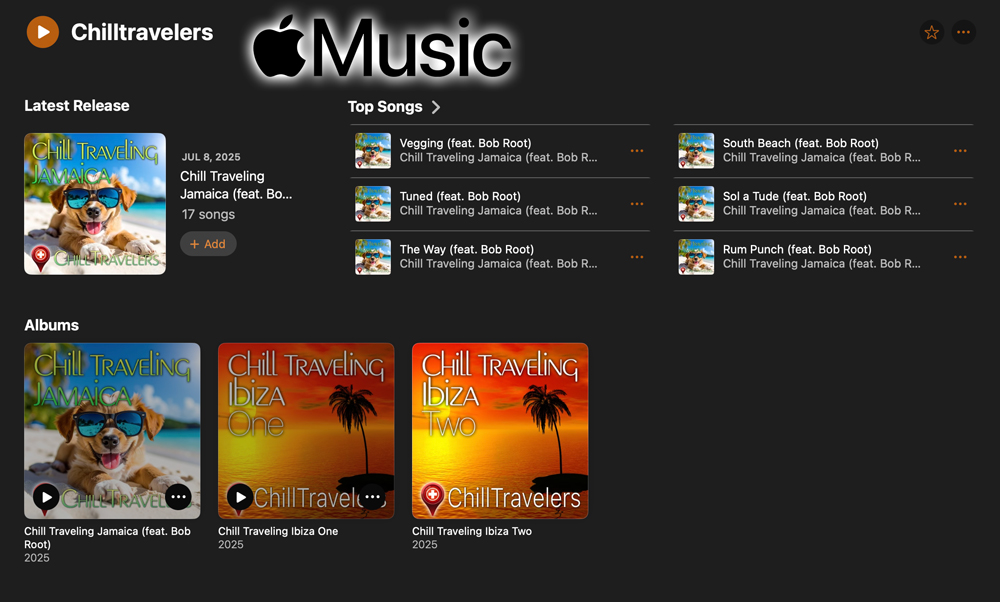
ChillTravelers on Spotify

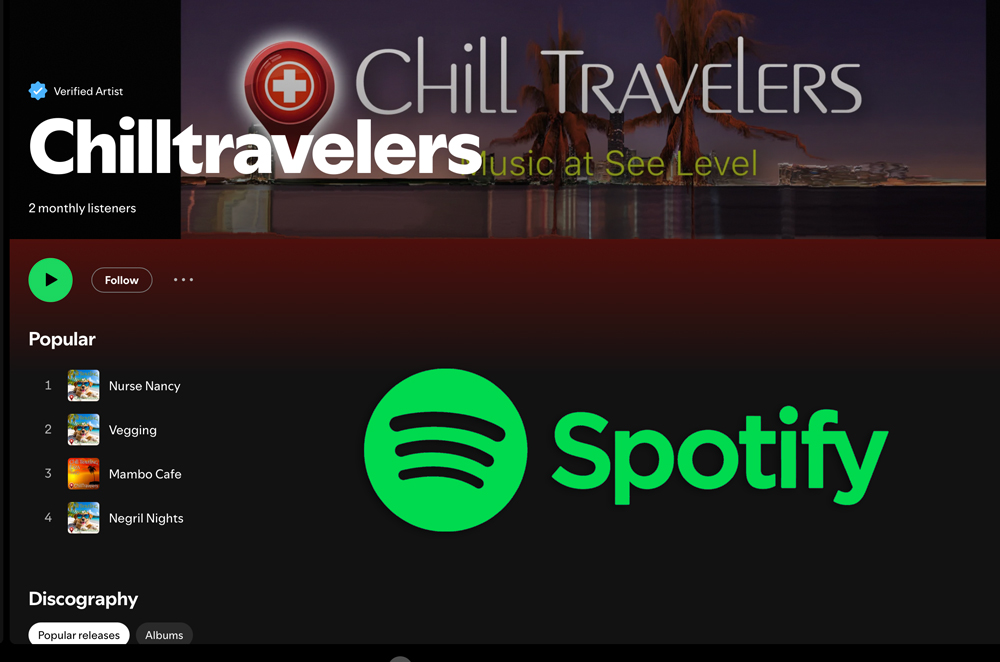

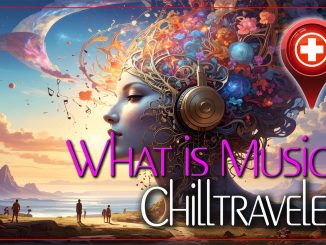

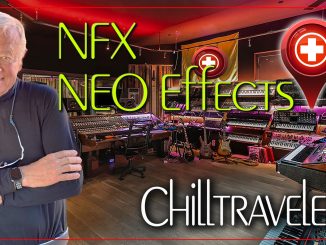
Be the first to comment